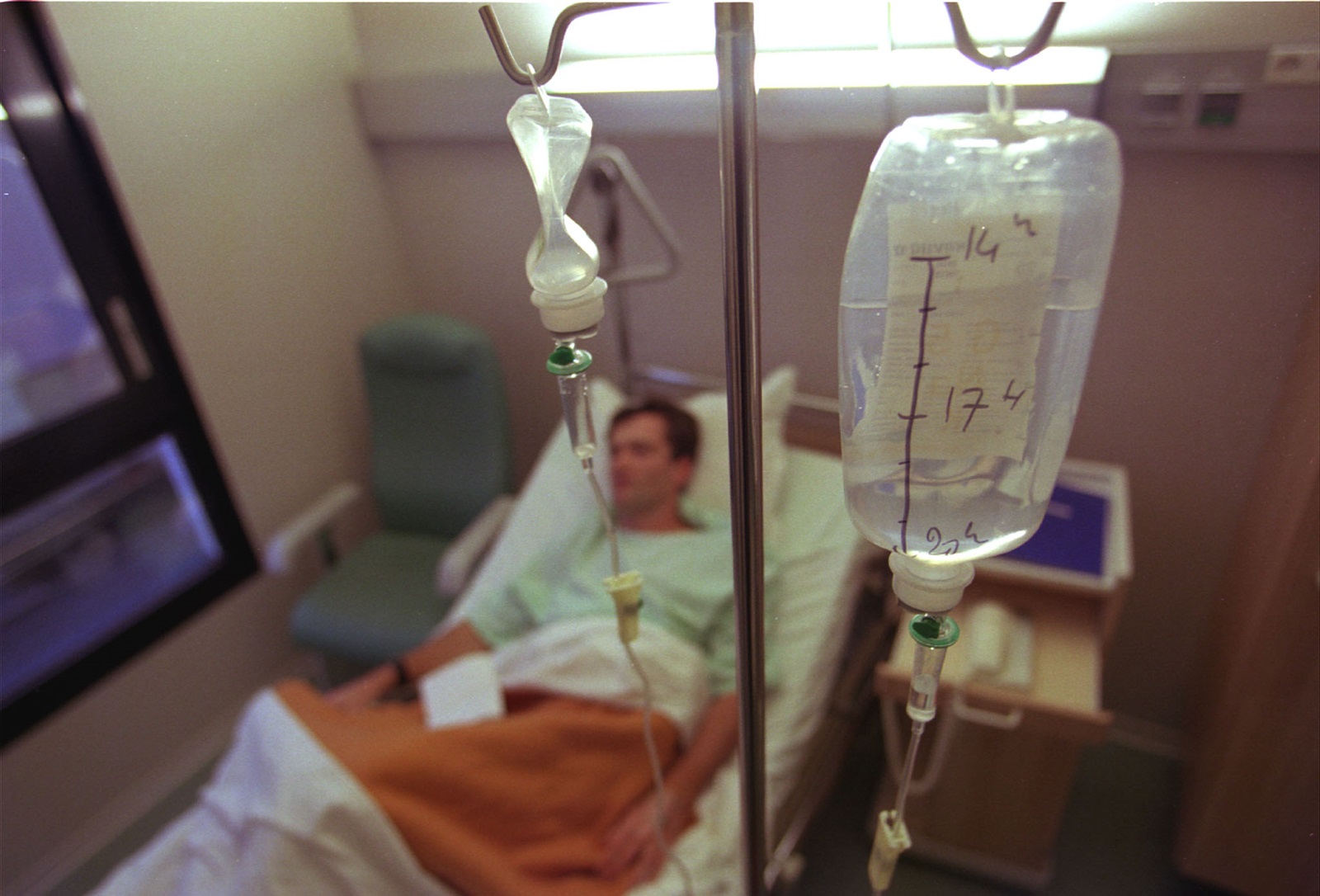Increasing occurence of resistant bacteria at Danish hospitals
A new Danish article in Eurosurveillance focuses on the challenges of combatting VRE bacteria at Danish hospitals, as subtypes of VRE are spreading across and within hospitals. One type is especially difficult to diagnose.

The article in Eurosurveillance by scientists from Statens Serum Institut (SSI) focuses on the increased occurrence of VRE (Vancymycin-Resistant Enterococci) at Danish hospitals that has been observed since 2015.
Read the article in Eurosurveillance.
The study investigates the causes of the continuing increase in the number of patients with VRE. In 2013, the number of VRE positive tests was around 200. In 2015, sudden increases in the annual number were observed. In 2018, the number had increased to more than 500 annual cases. With the newest molecular methods, it is possible to identify also the types of VRE that would else pass unnoticed. In addition, the typing technique helps establish routes of spread between patients.
One specific type is difficult to diagnose
The study demonstrates how the different subtypes of the VRE bacteria by turns have dominated, thus documenting how VRE types develop and spread at Danish hospitals, clearly defining them as hospital-acquired infections. The challenges are therefore different from the challenges of e.g. MRSA, where transmission also happens in society such as in agriculture.
"The actual challenge is especially finding and diagnosing the cases with the newest subtype of VRE. It is steeply increasing at the moment and can only be detected with the use of the newest molecular biological methods, which are not standard everywhere," says senior consultant Ute Wolff Sönksen from SSI.
VRE is increasing in Denmark
In addition to the new type of VRE, the numbers of VRE in general have been increasing in Denmark and this worrying development is continuing.
VRE have been monitored systematically since 2005. The monitoring is based on voluntary submission of bacterial isolates from Danish hospitals to the national reference laboratory at SSI. "In the beginning, we found around 20 isolates each year. In 2016-17, this number increased to more than 400 a year. In 2018, the number of VRE-tests increased even further to more than 500. The increase can partly be explained with an increased focus on the occurence, which has led to more testing. However, we still consider the increase is real," notes Ute Wolff Sönksen.
Consequences for the healthcare system
The increasing occurrence of VRE has large consequences. The bacteria spreads easily as it survives for a long time in the environment and is moved around by patients who carry it without being ill.
"In the modern Danish hospital service, patients are often moved from one hospital to another. It is therefore important that all Danish hospitals are aware of the issues regarding VRE and know how to avoid the bacteria getting established in the hospital environment."
The consequences can also be severe for the individual:
"Though VRE for most people in good health do not lead to infection, the use of antibiotics will increase the presence of VRE in the intestine and thereby the risk of transmission. This "invisible transmission" can lead to infections that are difficult to treat, especially in seriously ill patients. We are currently seeing an increase in severe infections with VRE e.g. blood poisoning. The data furthermore indicate that the mortality rate for VRE bloodstream infections is twice as high as the one for MRSA," says senior consultant Robert Skov, national coordinator for antibiotic resistance at SSI.
Facts about VRE
VRE belong to the Enterococcaceae family. It is a bacteria that normally lives in the intestines, but can spread and be acquired when patients are hospitalised. VRE can spread from the intestines to the urinary tract and cause infection.
Enterococci even have the ability to spread very easily from the anus to the area around the anus, from here to the hands onto other surfaces, to people and so on. They are especially good at surviving at hospitals. Earlier experience has shown that it is possible to prevent transmission and stop outbreaks e.g. by screening patients of risk and thorough hygienic precautions.
On rare occasions, VRE can spread with the blood stream to other organs, which can cause serious infections in already very ill people especially.
Enterococci are born with a natural resistance towards multiple types of antibiotics, but the antibiotic vancomycin can in most cases still be used to treat serious infections.

Contact
Robert Leo Skov
,
Epidemiologisk Infek.bered-Ledelse stab / Epidemiologisk Infektionsberedskab
T. +45 32688348
@. rsk@ssi.dk
View profile

Contact
Ute Wolff Sönksen
,
Bakterier, parasitter og svampe / Ref.laboratoriet f Antibiotikaresistens
T. +45 32689133
@. uws@ssi.dk
View profile